How to assemble Push Lock, PTFE, AN fitting and hose (Part 1)
How to assemble Push Lock, PTFE, AN fitting and hose (Part 1)
Today we would like to talk about the difference between Push Lock, PTFE, standard braided AN fitting and hose. I will show you detailing the difference in assembly, fitting style, line style and more.
Push lock :
- Interference barb press on style hose.
- Not allowed in some classes.
- Check local rules for usage and legality.
PTFE :
- Must use PTFE style fittings with inner Olive.
- PTFE line should be conductive style to avoid arcing if used with fuel.
- PTFE line is much smaller OD than standard braided AN line and cannot be used interchangeable.
Standard braided AN :
- Must use Crimp or AN two pieces wedge style hose ends.
- This uses a wedge to lock the hose together with the fitting.
- Must use rubber inside braided style AN line.
- Available 4AN 6AN 8AN 10AN 12AN 16AN 20AN and larger in some cases.
OK guys, look at these. So today we have 3 main types of fitting: Push Lock, PTFE, and standard braided AN fitting.
You can see, the left one is your standard AN fitting that would be used for AN style hose. Actually, both the crimp and the standard AN will use that style hose.
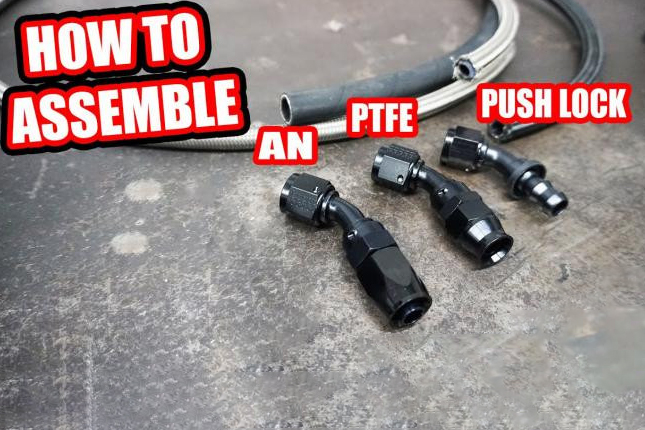
While this fitting right here in the middle looks the same as AN one, but it is for PTFE hose which PTFE has an inner liner and a braided outer shell like this:
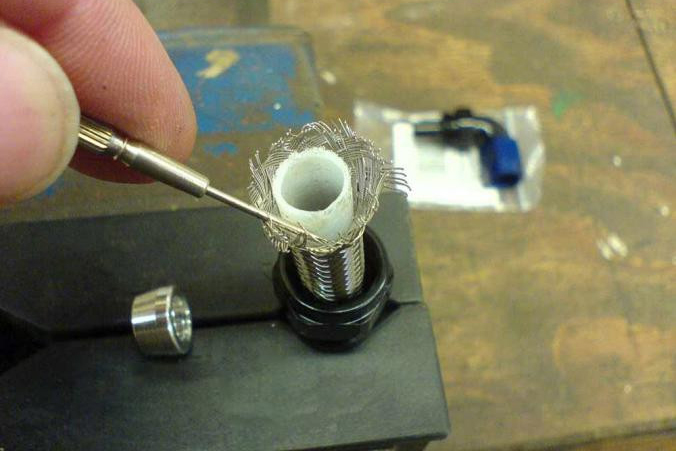
This last right fitting is going to be for push lock hose as it is commonly referred to and that is essentially. Just using interference fit to secure the hose to the hose end. Ok, let us do it.
The first one: Push lock Fitting

So, push lock has been popular for quite a while. It is all slightly less expensive than the other ways. However, the downfall of it is that held just by the tension of the hose around these barbs, it is very difficult to put together.
Also, because it is lack of a protective outer braiding, it may be less abrasion resistant in my opinion the strength and PSI it is rated for is less, because it has nothing clamping the hose on the outside.
So, the reason push lock is called push locks, because very simple it just pushes on to the barbed fitting. I will show you how that goes together. There are some tools that make this easy. They grab each side and push them together.
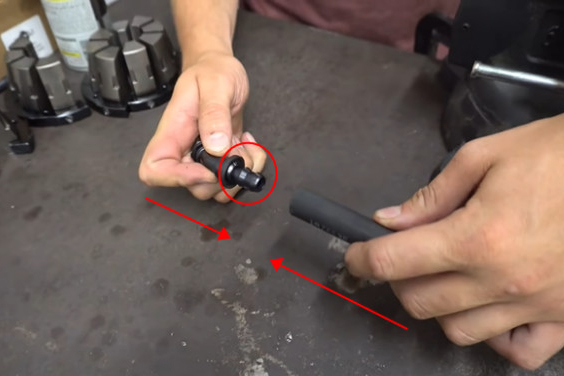
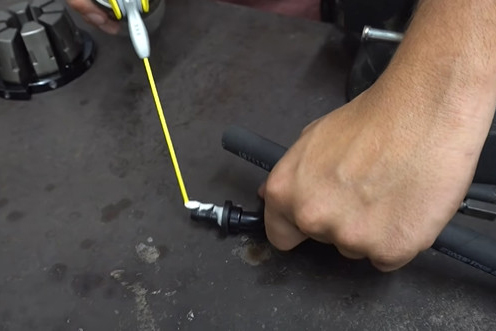
Some different sizes of push lock hose are easier and harder to put together as well as some brands and some fittings. It is always easier if you get a little bit of silicone on there.
But it is as easy as this you just work the barb together and again. That is some people actually put the hose in hot water or they will freeze the fittings but that is not ideal at least. The heating of the hose can actually cause a temporary issue with the hose itself.
But you are basically going to keep working this hose down until it sits against this upper taper here. And if it is put together correctly, this upper rubber piece will be where the hose seats into the bottom of that. So, until it is all the way there. It is on shorter than suggested.
If you do not get it far enough past that second barb. You can actually see it sticks up inside of there. So, you want to keep pushing it until it is all the way bottomed out.
The simplest as far as the number of different things you have to do to put it together. But it is the hardest your hands hurt afterwards unless you have that expensive tool. One of the problems is that people actually give up on pushing them all the way in, because they think they are good enough and that just creates another safety issue. So, the difficulty in putting them together actually becomes one of the dangerous sides of using that, because you have a false sense of security you are like that is not good enough and it might not be so.
So, before I move on to the next style hose. One recommendation I have is to get yourself a good set of cutters.
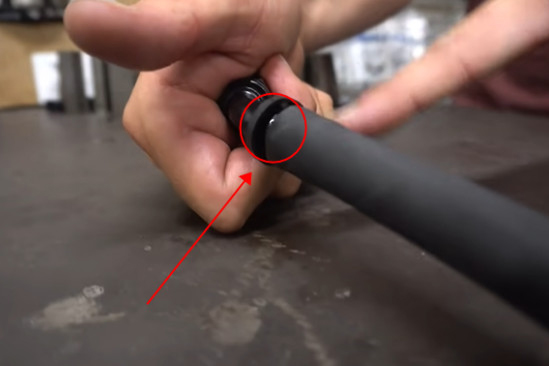
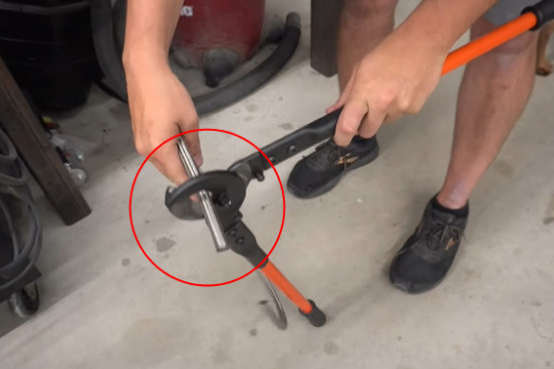
They are humongous but they make cutting hose really easy, and it makes a really sharp and clean cut. I know a lot of people have a lot of different methods anywhere from an angle grinder to I have seen guys use say they use a punch or some type of a spike or whatever cut it off in a hammer. But I prefer this, and the reason why is it gives you a clean cut. There is no abrasive dust that gets inside of the hose.
Plumbing is already dirty enough and it is something you really need to be cognizant about cleaning when you are putting it together. Anyways so cut off wheels and chop saws and stuff like that I try to avoid at all costs. Because it just creates a lot of dust that does not need to be there.